Fueling growth with a dose of art
Updated: 2016-02-20 02:39
By ZHANG KUN in Shanghai(China Daily USA)
|
||||||||
 |
|
The desire to boost their children's development while spending quality time together has led to a surge in demand for quality children's theater productions. Photos provided to China Daily |
Industry players and experts weigh in on what's needed to boost the quality and vibrancy of the children's theater industry in China
High-quality theater productions for children are experiencing high demand in Shanghai as an increasing number of parents are looking to indulge in artistic experiences with their children.
This growing trend seems to stem from research that shows how exposing children to art at a very young age can lead to positive effects in their development.
One of the premiere destinations to enjoy such productions in Shanghai is the Shanghai Children's Art Theatre (SHCAT). Opened in 2013, it was the first place in the city to offer international productions catered to children. According to SHCAT General Manager Christine Liang, 80 percent of their shows are imported from regions outside of China, and she believes that the market for foreign children's theater productions holds many opportunities.
One of the reasons for this is that China's own children's theater scene hasn't really taken off. In fact, it has often been widely criticized for its lack of diversity and quality. According to Zhu Guang, a veteran journalist with Xinmin Evening News who covers the theater industry, the local scene a few years ago comprised of mostly adaptations of fairytales or textbook stories (produced by theater companies) meant for adults. These productions tend to rely on dialogues and carry over-simplified moral instructions. She said that parents often find them boring while the children lose interest before long.
While there are some institutions such as the Children's Palace that are aware of the special needs and cognitive levels of the audience and have been creating original shows for children, Zhu noted that many of the producers are actually not professional theater workers. Traditionally a facility of development for children's music, theater and artistic hobbies, the Children's Palace produces theater projects that at times do not have a convincing narrative.
The inability of the local children's theater market to meet the demand for quality productions has prompted theater workers and parents to look for better alternatives in the world theater scene. Having recognized this, the staff members at SHCAT make up to seven trips abroad every year to bring shows home to Shanghai. Its 2016 itinerary already has 39 overseas programs.
SHCAT's new theater, which sits on the western bank of the Huangpu River, used to be an industrial pavilion during the 2010 World Expo. But though it is located a 15-minute walk from the nearest metro station and has only a few amenities nearby, the theater has nevertheless managed to achieve an average occupancy of 77 percent for its shows. Popular performances, such as the New Year's Concert from Italy's Little Choir of Antoniano, were sold-out immediately.
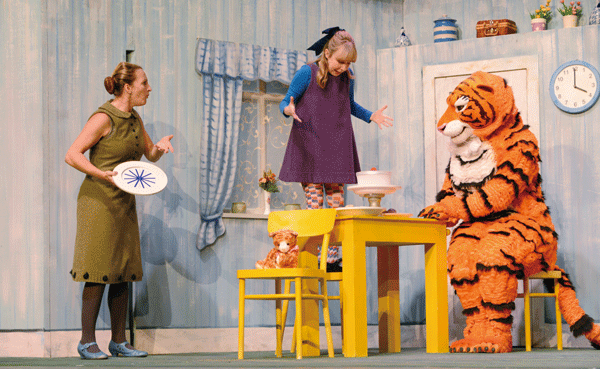 |
|
Experts say that theater art is far more than just entertainment for young audiences but rather a "spiritual product" that can be used to fill in the gaps in school and family education. Photos provided to China Daily |
Improving the scene
Such is the state of the local children's theater scene that a young mother in Shanghai decided to take matters into her own hands and establish her own theater company — A.S.K. (The Art Space for Kids) to provide quality content.
Forrina Chen recalled how she once took her then 18-month-old daughter to a theater in Shanghai only to find that "the lighting was too bright and dazzling and the show was simply too noisy." The little one then demanded to leave halfway through the show, though at that time Chen thought it was only because her daughter was tired. However, she later discovered that her daughter actually enjoyed theater productions and could sit through those that they attended during travels to Denmark and Japan.
This was when Chen, a programmer who has 10 years of experience working for the Shanghai International Arts Festival, realized that there are many outstanding theater productions around the world for children of all ages. In 2014, buoyed by encouragement from other parents and peers from China's theater scene, Chen brought Cloudman, a British puppet show in which audiences are seated just a few meters away from the performers, to the water town of Wuzhen, Zhejiang province, and Shanghai. The outstanding reception for the show then convinced Chen to set up A.S.K..
Since its opening in May, 2015, A.S.K. has staged 240 performances at Life Hub Daning, a mall in downtown Shanghai's Jing'an district, drawing a combined crowd of 36,000 people. The space can host up to 150 people — about the standard size of a children's theater in Europe — but it is still smaller than most of the other facilities in the city. However, the reception has nonetheless been overwhelming.
This year, A.S.K. has hired Tony Reekie from Scotland to identify quality productions all over the world before bringing them to Shanghai. Reekie, 60, has a career in theater that has spanned 30 years and he has seen more than 7,000 theater productions for children.
Although everybody believes children's theater should be simple, Reekie points out that it is really hard to achieve simplicity without losing quality and richness of the content.
"Productions for children have to have the same quality as those made for adults. You have to make it as well as you possibly can. If you don't, the children will know, and they will get bored," he said.
Reekie hopes that by bringing outstanding projects to Shanghai, local talents will be inspired to create original works that take into account China's own cultural context.
"This is not about copying things from different parts of the world, but rather, we want local artists to find their own language, bring out China's own culture and history, find something interesting and make it work," said Reekie.
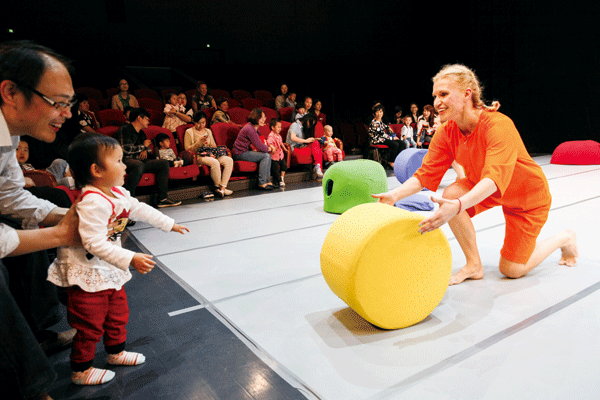 |
|
Experts say that theater art is far more than just entertainment for young audiences but rather a "spiritual product" that can be used to fill in the gaps in school and family education. Photos provided to China Daily |
Blueprint for success
Liang believes that it is important to increase the number of original productions from China at SHCAT in order to improve the scene. One of the first steps she has taken to accomplish this is to seek out more international collaborations. For example, the theater has recently acquired the copyright for the Frozen Planet documentary concert, which depicts the beauty of the Arctic and Antarctic regions, from the British Broadcasting Corporation.
In this production, the Shanghai Opera House Orchestra will perform a George Fenton composition, conducted by Zhang Chengjie, while the documentary is presented on a giant LED screen. Tickets to four Frozen Planet concerts, which will take place on Feb 27 and 28, were sold out many weeks ahead of the event.
There have already been shows jointly created by Chinese theater companies and foreign directors, and Liang believes that such collaborations will bring about positive changes to the domestic theater scene for children. Furthermore, a growing number of theater artists as well as big names such as Academy Award-winning composer Tan Dun have expressed their readiness to work on children's theater productions.
But though the market is currently filled with opportunities, Zhu believes that it will take more than just sharp business acumen to produce successful theater productions for children. She noted that theater art is far more than just entertainment for young audiences but rather a "spiritual product" that can be used to fill in the gaps in school and family education.
To create a good production, Zhu said that theater workers need to focus solely on the art and the needs of the children, instead of on the box office profits. However, financial support will be required to help local theater companies achieve this goal.
Both SHCAT and A.S.K. do not have to pay rent for their theater spaces, thanks to support from their respective landlords — the municipal government in the former case, and Life Hub Daning for A.S.K.
SHCAT is able to supplement its income by lending its large theater space for commercial events. "It helps us to keep the ticket price at a low level," said Liang of SHCAT.
"Going to the theater is a personal experience, and with children's theater, it becomes even more intimate and individualized," said Zhu. "While a production is meant for everyone to enjoy, it should also allow every single person to interpret it in their own ways."
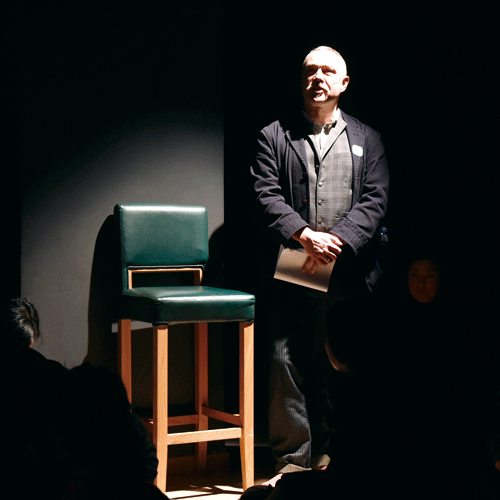 |
|
Tony Reekie, director for young people's theater in Scotland |
Modern theater
Traditionally, children's theater comprises just one or two segments, such as a dance or puppet play. However, Reekie notes that the trend these days is for productions to feature a variety of disciplines. Production companies have also started to create performances for babies as young as six months and though Reekie admits that he didn't understand the content, he concedes that infants are somehow engaged by these sorts of abstract visual communication.
All these trends in the industry have inherently remolded the creation process for children's theater. Reekie said that writers now do not merely pen a script, as what was traditionally expected of them. Rather, they now also help to conceptualize the entire production, which at times may not even feature the use of language.
"It's all about using different ways to say something. There are even pieces today which are just installations, with no actors involved. They are all about the space and architecture," he said.
While Reekie added that the content of children's productions can be about almost any subject, there are certain elements he said should never exist.
"I don't think you should be cynical with children, and I don't think you should be hopeless. Life can't be fixed by turning on a switch. You can show children that things don't always end happy but they must be able to feel as if they can do something about it," said Reekie.
"In other words, it can be sad, and it can finish sad — that's okay — but there still has to be a sense of parole."
zhangkun@chinadaily.com.cn
- Missing children found safe in nearby village
- Rich Chinese splurge on sportswear as luxury's lustre dims
- Urgent remedy sought for pediatrician shortage
- China starts safety check for school buses as new semester draws near
- Ticket scalpers face crackdown at Beijing hospitals
- Judicial DNA test in hot demand after policy change
- Classic Car Show kicks off in London
- Balkan, Austria police agree to register refugees on Macedonian border
- Turkey blames Kurdish militants for Ankara bomb; vows reprisals
- Britain scrambles fighters to intercept Russian bombers
- Chinese community to protest against Peter Liang's verdict
- Car bomb attack on military in Turkish capital kills 28
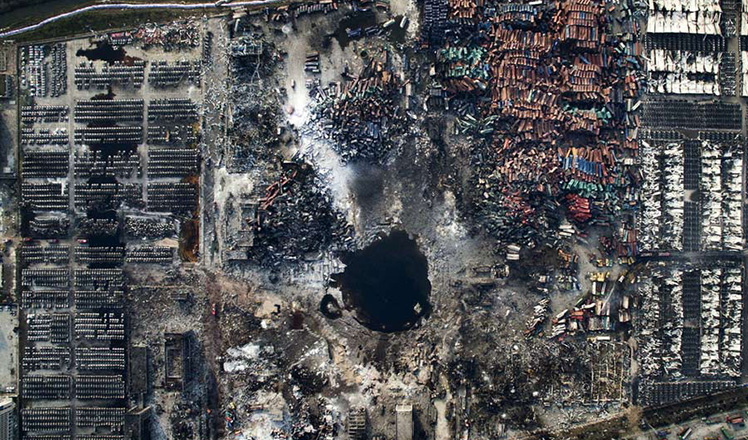
 Chinese photographers' work shines in major photo contest
Chinese photographers' work shines in major photo contest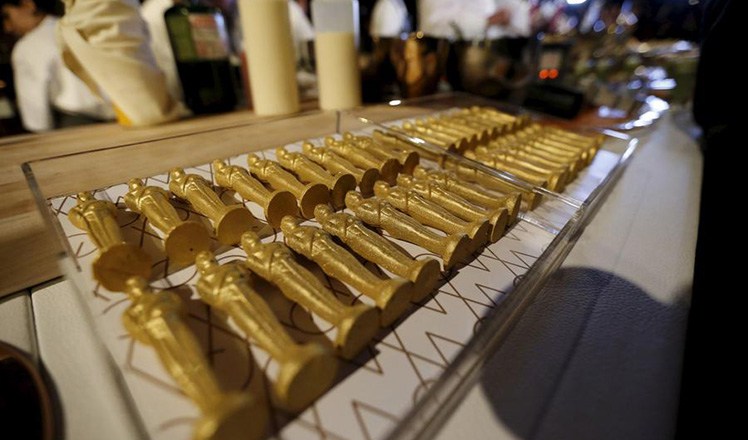
 88th Academy Awards Governors Ball Press Preview
88th Academy Awards Governors Ball Press Preview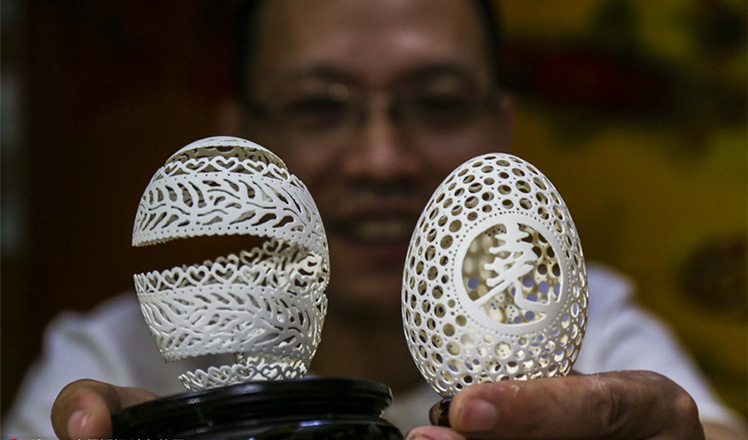
 Egg carving master challenges Guinness World Record
Egg carving master challenges Guinness World Record
 Missing children found safe in nearby village
Missing children found safe in nearby village
 Madonna's world tour lands in Hong Kong
Madonna's world tour lands in Hong Kong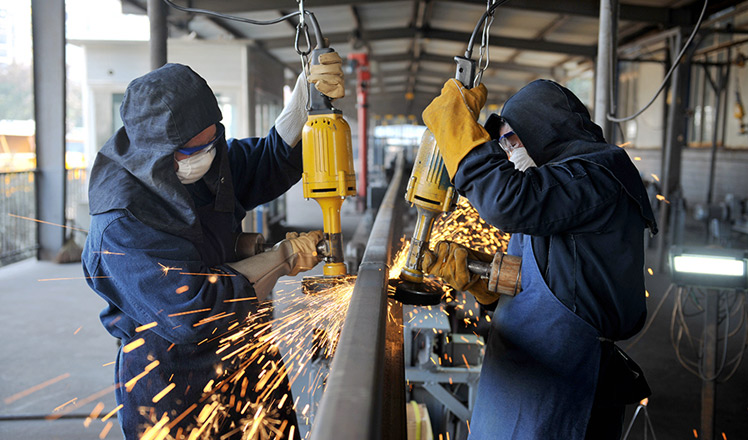
 Producing high-speed rail tracks
Producing high-speed rail tracks 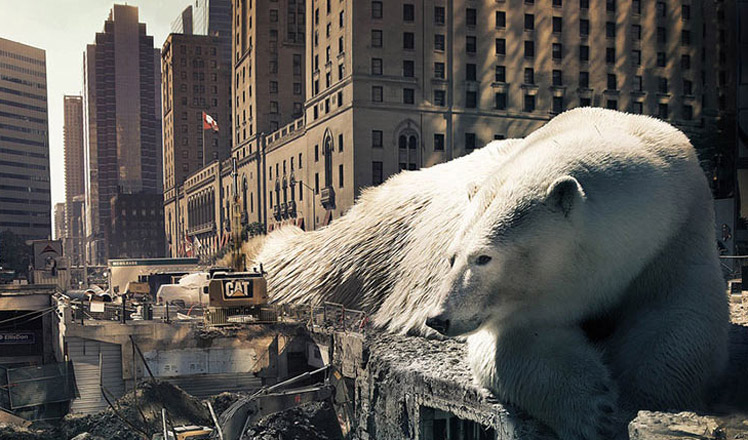
 Surreal world created by Canadian photographer
Surreal world created by Canadian photographer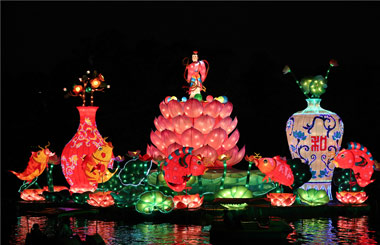
 Lanterns light up the night across China
Lanterns light up the night across China
Most Viewed
Editor's Picks

|

|

|

|

|

|
Today's Top News
Investigation for Nicolas's campaign
Will US-ASEAN meeting be good for region?
Accentuate the positive in Sino-US relations
Dangerous games on peninsula will have no winner
National Art Museum showing 400 puppets in new exhibition
Finest Chinese porcelains expected to fetch over $28 million
Monkey portraits by Chinese ink painting masters
Beijing's movie fans in for new experience
US Weekly

|

|








